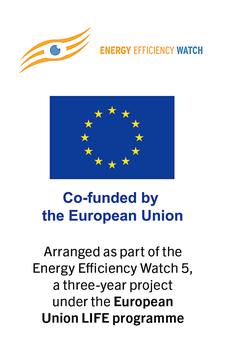Search eceee proceedings
100% renewable energy for Austria's industry: alternative energy sources and infrastructure requirements
Panel: 6. Deep decarbonisation of industry
This is a peer-reviewed paper.
Authors:
Roman Geyer, Austrian Institute of Technology, Austria
Sophie Knöttner, AIT Austrian Institute of Technology GmbH, Austria
Christian Diendorfer, AIT Austrian Institute of Technology GmbH, Austria
Gerwin Drexler-Schmid, AIT Austrian Institute of Technology GmbH, Austria
Abstract
The energy system transformation raises questions such as how industry can be supplied by renewable energies. In Austria, the share of renewable energy for industry is currently 45 % in relation to final energy consumption. Comprehensive decarbonisation and the associated change of energy carriers in industry are accompanied by a strong focus on electrical energy and new challenges on the existing energy infrastructure, as well as its expansion and optimisation.
Based on three scenarios (base, efficiency, transition), differently ambitious perspectives are shown how the Austrian industry can be fully supplied by renewable energy and what is needed to achieve this. The scenarios show a range of industrial final energy consumption from 82 TWh (efficiency) to 108 TWh (transition) (cf. 94 TWh in 2017).
With the considered renewable energy potential of 231 TWh in Austria, the final industrial energy consumption can be covered in all scenarios. However, it must be noted that the energy demand for the remaining sectors is not considered in this analysis. All in all, these sectors request in total additional 220 TWh, resulting in a coverage gap of 71 to 97 TWh (depending on the scenario). This gap must be covered by ambitious efficiency gains and/or imports.
There is an increasing shift towards electrical energy, especially in the transition scenario, whereas in the base and efficiency scenario, biogenic fuels also play an important role. Depending on the scenario, there is a temporal mismatch of between 1.9 TWh (efficiency) and 7.1 TWh (transition) for electrical energy. In addition, the calculated maximum industrial power load of 14.6 GW in the transition scenario is more than twice as high as the maximum compared to 2017, which is referred to as status quo, (6.3 GW) and higher than the maximum load of the public power grid in Austria in January 2017 (10.6 GW).
Downloads
Download this paper as pdf: 6-024-20_Geyer.pdf
Download this presentation as pdf: 6-024-20_Geyer_pre.pdf














